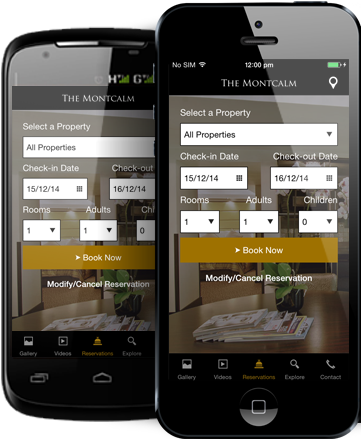London has a fantastic public transport system, and one which can be ideal for visitors to the city who want a cost-effective way of exploring all that London has to offer.
However, because London is such a busy and bustling city, if you aren’t familiar with public transport or are unused to large crowds of people then you might find the whole concept very overwhelming.
Rather than deciding to just stick to taxis which can prove expensive over the duration of a trip, why not familiarise yourself with some basic tips which will help to ensure that your visit to London, and use of its comprehensive transport system, can be as smooth as possible?
Types of Public Transport
London has several types of public transport: the underground, buses, trains and boat. You may find that you use all of them during your trip, or that you just stick to one type. If you are unfamiliar with the layout of the city then it might be better to choose to stick to the underground, for example, and become acquainted with the way that works rather than trying to work out how several different systems operate. If you stay near the city centre, such as in one of the luxury hotel suites in London then you will find that you have easy access to all the different types available.
You should be able to pick up maps and timetables for all the different types at popular tourist spots throughout the city, and there are also apps you can download onto your smart devices which will assist you in plotting the best routes around London.
Tickets
The most cost-effective type of ticket available is the Oyster Card. This is a prepaid card which can be used on all London’s transport systems. The more days you purchase in advance, the cheaper it works out to be. You can buy day travel cards but these are only worthwhile if you are in the city for a day; any longer and you would be much better off purchasing an Oyster card. You can do this online ahead of your trip, and have it posted out to you or you can visit any booth at any of the transport links and purchase one.
Busy periods
Peak times for travelling across London are early in the morning, as commuters try to get to work and then again between 5pm and 7pm as people try to get home. The tube in particular can be immensely busy and if you aren’t used to large crowds of people then it is best to wait until after 9am when it will have quietened down. A top tip for using the tube during busy times: trains are usually only a few minutes apart but it is not unusual to see large crowds of people trying to squeeze their way onto the first one which pulls into the station, usually when it is already overcrowded. If you wait for the second or third train you will tend to find them much quieter which can make it more pleasant, especially if you have luggage or are travelling with children.
Tips for navigating tube stations
The tube is probably the easiest of London’s public transport systems to use. If you pick up a map you can familiarise yourself with various routes to the attractions you wish to see, and having a prepaid oyster card or a day travel card can allow you to hop on and off the tube as often as you wish. As mentioned above, try to avoid travelling at peak commuter times if you don’t like large crowds, and always keep your luggage with you. If you have anything loose in your pockets such as your phone or wallet then secure these away; pickpockets do sometimes operate at busy times and in a large press of people you may not notice somewhere lifting something out of your pocket until it is too late.
No matter where you are staying in the city, from the outskirts to the inner city, you will find that the tube system allows you quick and easy access around. This can be vital when deciding on accommodation when booking your trip as you don’t necessarily need to stay in those luxury hotel suites in the centre of London if there are cheaper options further afield.
Problems you may encounter
Unfortunately, sometimes problems do occur for visitors to the city and if this happens, make sure you seek help as soon as possible. If you lose some luggage then make sure you contact Transport for London (who operate the majority of public transport systems) as soon as you reasonably can. Additionally, if you lose or misplace your Oyster card you can generally secure a refund from Transport for London as well as long as you notify them promptly.
If you suffer unnecessary delays then you can occasionally claim compensation. For the underground, this is a delay which is longer than 15 minutes.
If you are found to be travelling without a valid ticket then you will be subject to a penalty charge. If you are given a penalty fare then ensure you pay it in a timely manner. If you believe you have been issued with the penalty unjustly, then you can appeal to the Independent Penalty Fares Appeals Service or the Independent Appeals Service. You should always ensure that you are travelling with a valid ticket, and in the correct zones. If an operator believes that you have deliberately evaded purchasing a ticket then you can be prosecuted for fare evasion, which is a criminal offence and much more serious than just a penalty fare. For this reason, be sure to check all tickets and routes fully before boarding a service.









